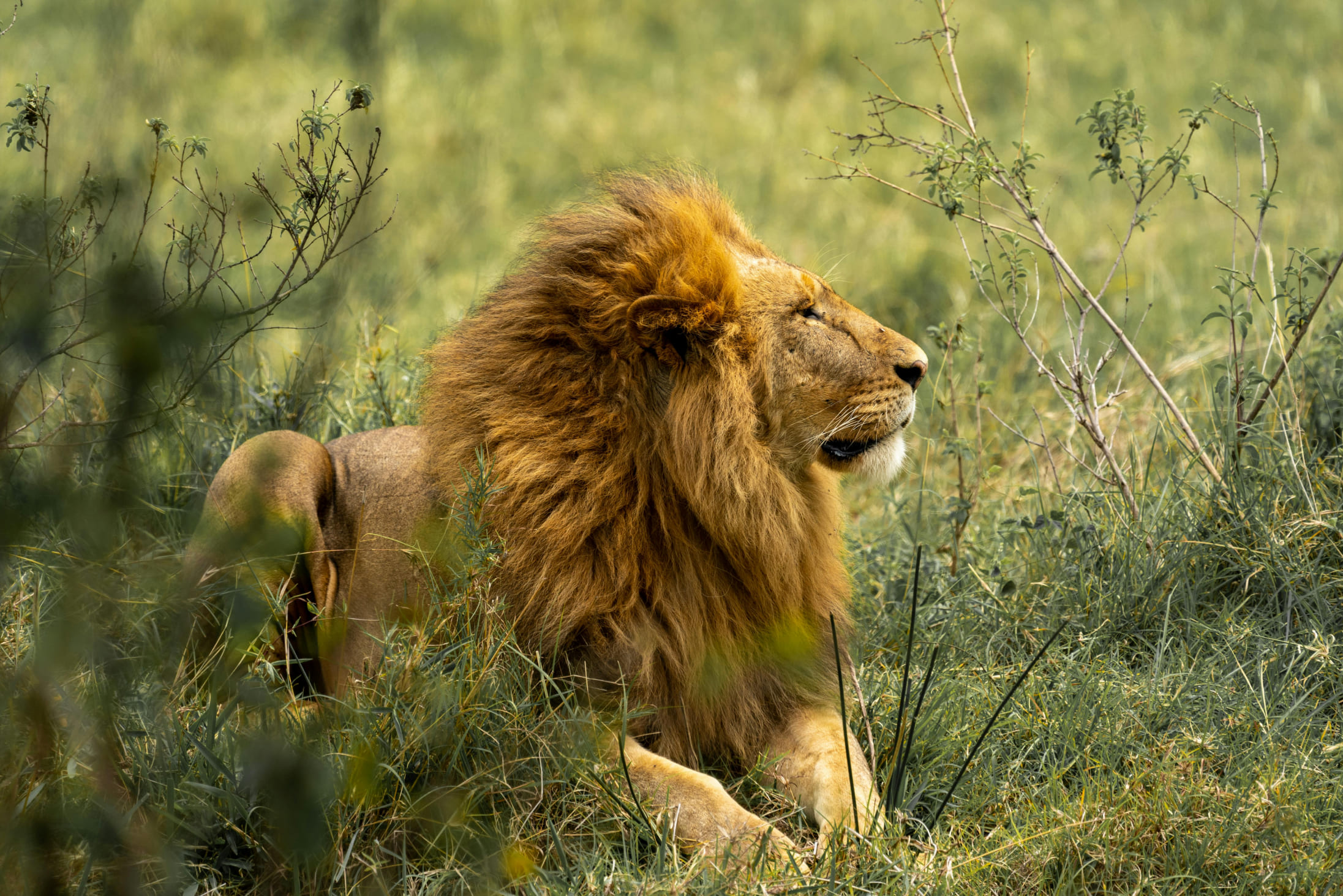Phone: +91917209542
Email: [email protected]

The Secret Lives of Big Cats
Big cats, such as lions, tigers, leopards, and jaguars, are some of the most iconic and feared predators in the animal kingdom. Each species has evolved unique adaptations that make them efficient hunters. Lions, for example, rely on teamwork, hunting in groups to bring down large prey. Tigers, on the other hand, are solitary hunters, using their strength and stealth to ambush prey. Leopards are known for their incredible agility and ability to climb trees, where they often store their kills to avoid scavengers. Jaguars, native to the Americas, have the strongest bite of any big cat, capable of crushing bones and even turtle shells. Despite their differences, all big cats share certain traits that make them formidable predators: powerful bodies, sharp claws, and keen senses of sight and smell. Unfortunately, big cats are under threat from habitat loss, poaching, and human-wildlife conflict. Tigers, in particular, are critically endangered, with only a few thousand left in the wild. Conservation efforts are focused on protecting habitats, reducing poaching, and promoting coexistence between humans and big cats. Understanding the behavior and needs of big cats is essential to ensuring their survival in the wild.




